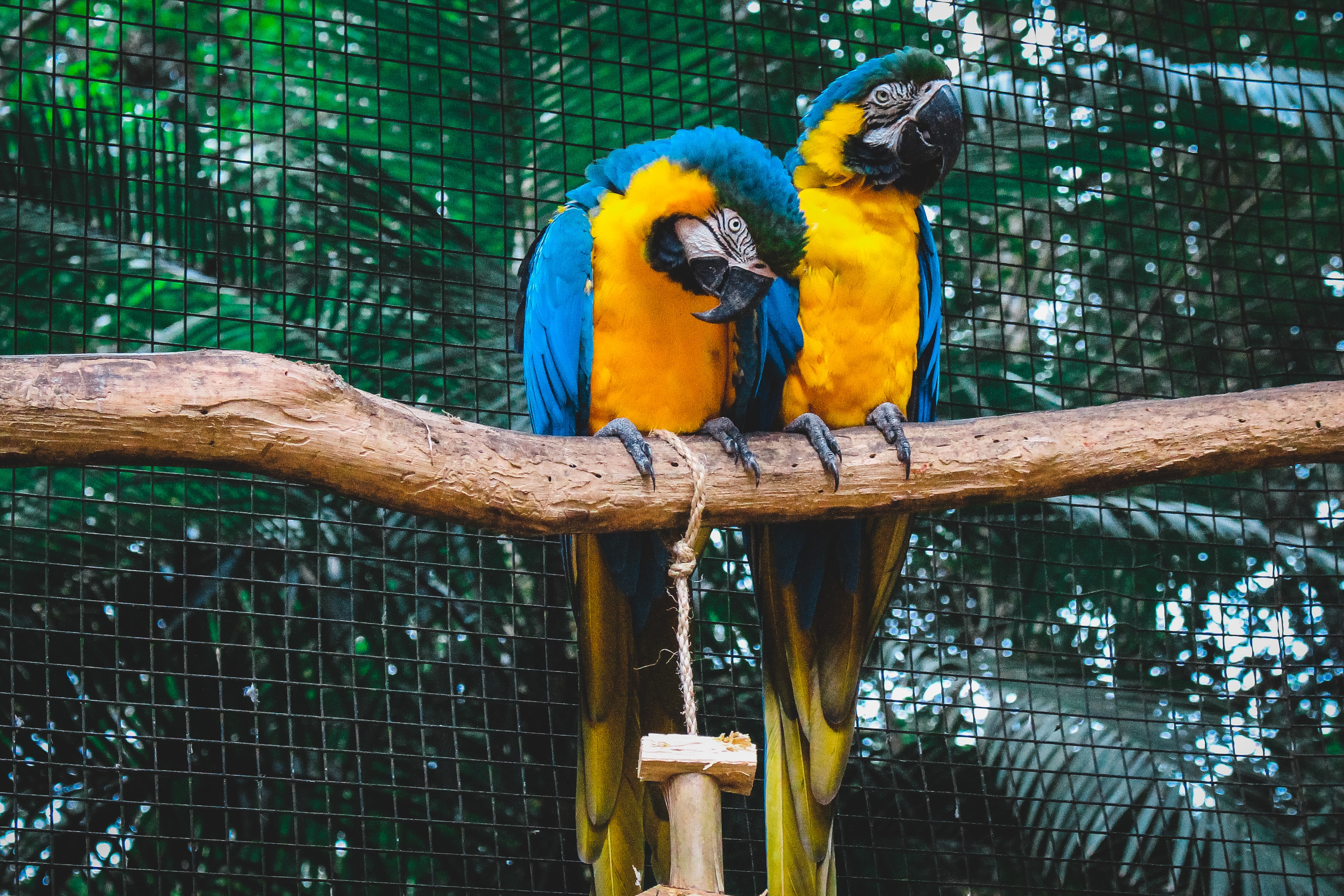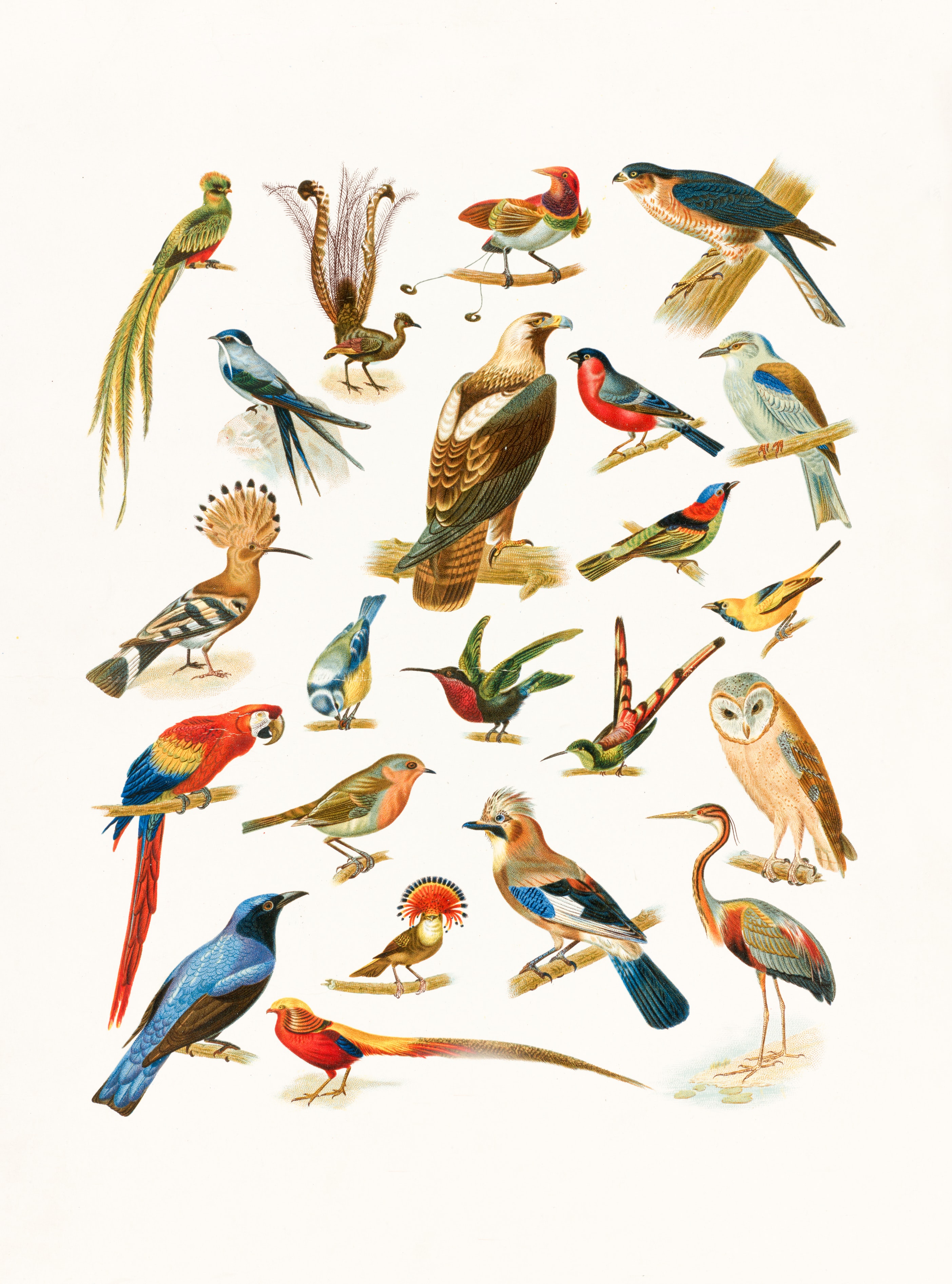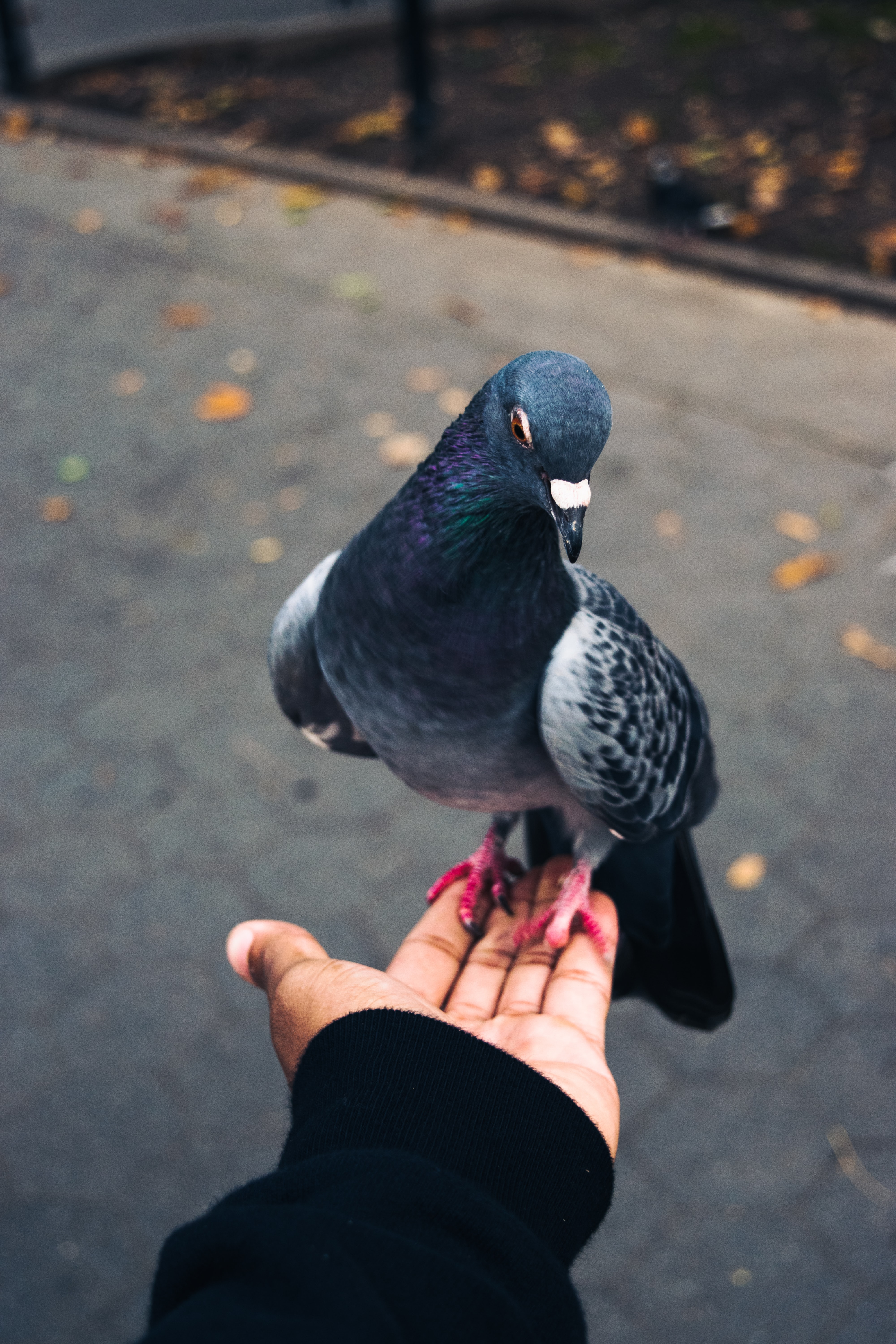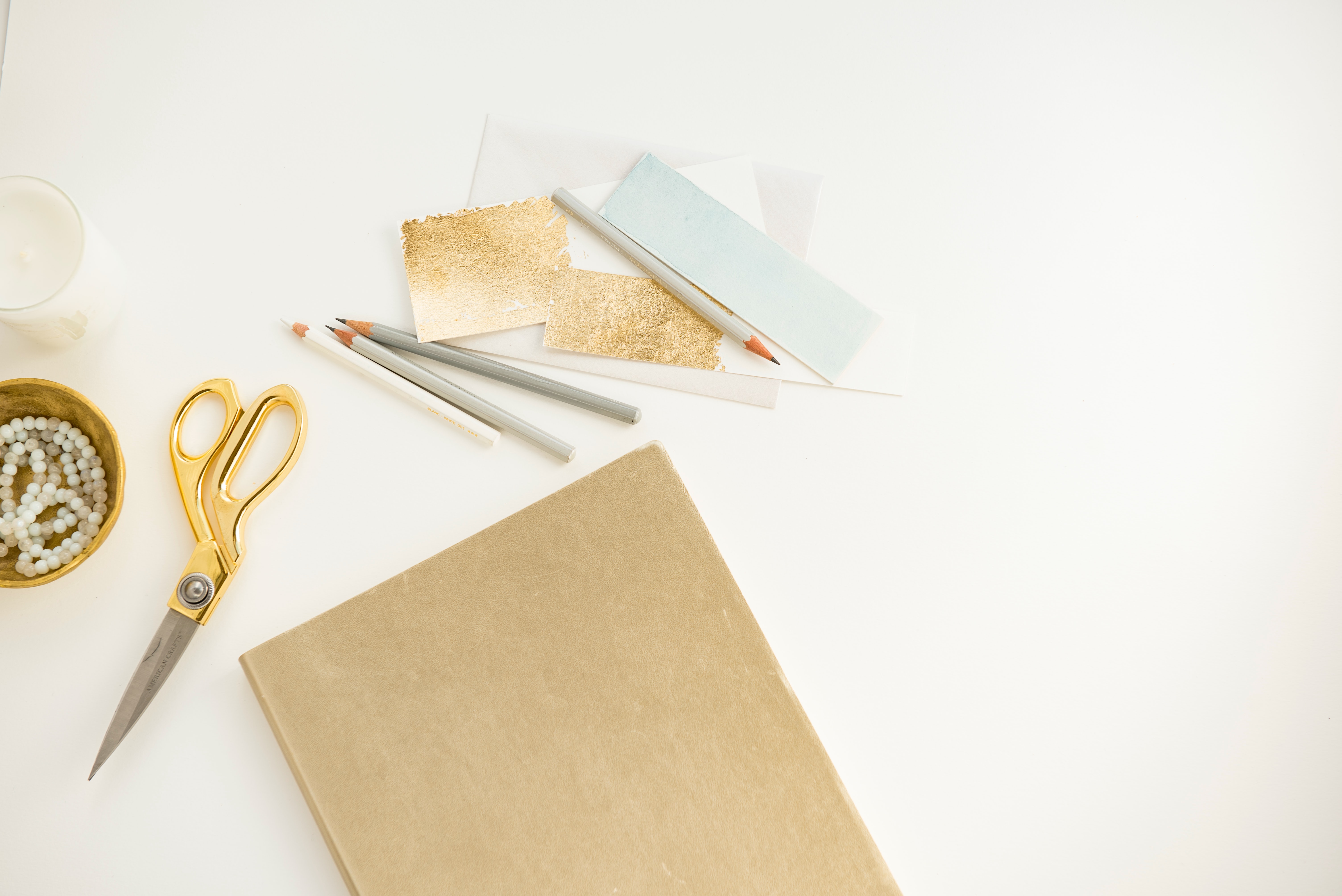By Polly Lancaster
Housing Nature – this is your chance to give back to nature and design something for all those wonderful birds that fly past your window.
Don’t forget to share your Bird House or post online and tag @natsatclub and @natsatclub.lincoln
Overview
This is your chance to design something for nature. In this project you will design a house for a bird in the setting of your choice. You will do this by creating a cardboard model or prototype using cardboard and found objects from around your house.
Materials needed
- Cardboard – It’s a good idea to start collecting cardboard boxes and empty packaging, ready for the build, these could also inspire your designs.
- Pencil/pen
- Scissors
- Ruler
- Glue/sticky tape
Activity part one – The Bird
First decide on the bird.
Find or draw pictures, is this a real bird or one that you might see in the park, gardens or nearby woodland? Collect as many pictures as you can, maybe make a collage, this will be your inspiration page. There are a lot of articles in newspapers and magazines giving information about birds and gardens at the moment.
Consider the size of the bird and its habits, is it solitary or sociable? Pigeons make messy nests, just a handful of twigs, but they stay as couples. The wren likes to share its house, several will huddle together to keep warm and blue tits love a nesting box or bird house, they can be very house proud.
If you don’t have access to this information, use your imagination and create an imaginary bird. It could be a mixture of a parrot and a seagull, a paragull, or maybe a peagle? That’s an eagle and a peacock, now what would that look like? And where would it live?
You should create at least 3 pages of images and information ready for the next session.

Photo by Jonatan Lewczuk on Unsplash.

Photo by Boston Public Library on Unsplash.

Photo by shaquon gibson on Unsplash.
Activity part two – The House
Now you’ve got an idea about your bird, you can decide on the style of house. So there are lots of questions to ask yourself.
- First of all where is it? Is it urban or rural? Is it in the country or the town? In the mountains or the seaside?
- Is it old fashioned or very modern? This informs what it’s made of (our model is cardboard of course) Would it be wood, or metal, glass and concrete
- Does it look like a house? Or a nest? Or a tree stump?
Think about your favourite films, did you like Lemony Snicket for instance, or Shrek? If so what would a bird house there look like?
Perhaps you could collect or draw some images of buildings you like and convert them for your bird.
If you’re stuck try drawing a large square or rectangle, on A4 paper if you have some, then think about the opening, is it a door? What shape is the opening? Round or square?
I would suggest you produce at least 3 pages of sketches and collected images before starting to draw the final design. Hopefully after a few designs you’ll come up with one you really like.

Photo by Joanna Kosinska on Unsplash.
Activity part three – Realisation
Using the drawings as a template, and the huge collection of boxes you’ve now got…
You will need scissors, pencil, ruler, glue and sticky tape. Think about how we’re going to build the house. What size will the final creation be? This part can be really fun if you give yourself a time limit.
To get a nice clean fold on cardboard you will need to score it, you’ve probably done this before but if not first draw a pencil line then firmly hold down a ruler, then run a scissor blade carefully along the edge. Still holding the ruler in place gently fold up the edge.
Yoghurt or salad pots might make a window, draw around the edge of the pot, cut out the hole and push it through.
To fasten a tube in place you might need to cut slots into it, make 2cm deep cuts all around one edge and bend down to give ‘tabs’ for sticking.
Will you decorate your birdhouse?
Take photos as you go, and email, instagram or post on the group chat.
Thank you for taking part in the University of Lincoln Saturday Club Workshop.
Share your Bird House or post online and tag @natsatclub and @natsatclub.lincoln
Contributed by Polly Lancaster, University of Lincoln Art&Design Saturday Club
Polly is Co-ordinator and Tutor of the Art&Design Saturday Club at the University of Lincoln’s School of Design. Polly has only recently taken over this role, but has been involved for several years. Her background is Fashion and Fine Art, specialising in constructed textiles and Millinery.
“The Club is a brilliant way of supporting the Arts and encouraging young people, teaching the sessions within the University means that our young students can engage with higher education and have an awareness that Creativity can become a viable career.“